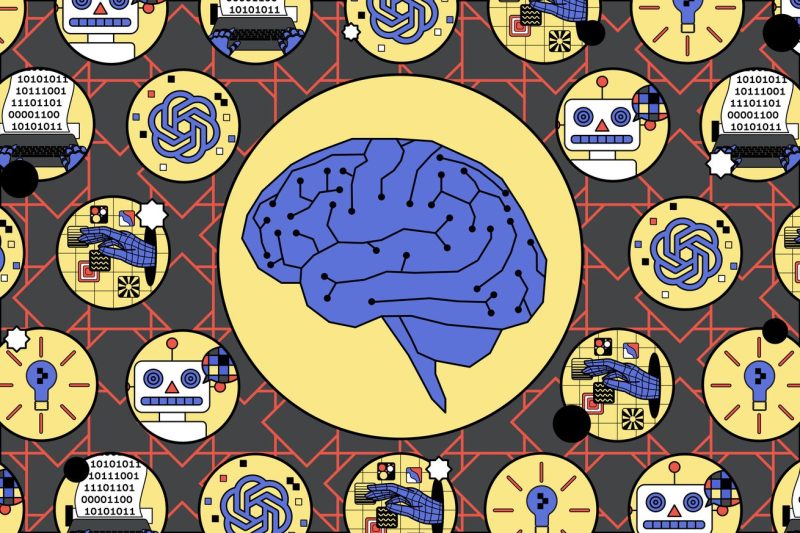In a world increasingly reliant on artificial intelligence (AI) for a variety of tasks, the issue of AI hallucinations has gained prominence. Recent advances in AI technology have raised concerns about the potential for these intelligent systems to experience hallucinations, leading to potential risks in various fields. The development of AI models that approximate human cognition has allowed AI systems to process and analyze vast amounts of data at a rapid pace. However, this progress has also laid bare the vulnerabilities of these systems, particularly in terms of hallucinatory phenomena.
AI hallucinations occur when an AI system generates outputs that are not grounded in reality or do not correspond to the task it was designed to perform. These hallucinations can manifest in various forms, such as generating nonsensical text or images, making incorrect predictions, or exhibiting irrational behavior. The root cause of AI hallucinations typically lies in the training data used to train these systems. Biases, errors, or inconsistencies present in the training data can lead to AI models producing inaccurate or misleading outputs.
One of the primary concerns associated with AI hallucinations is the potential for these erroneous outputs to have real-world consequences. For example, in healthcare, an AI system that hallucinates could provide incorrect diagnoses or treatment recommendations, putting patients’ lives at risk. Similarly, in autonomous vehicles, AI hallucinations could lead to accidents or errors in navigation, posing a threat to public safety. As AI systems continue to be integrated into critical systems and industries, addressing the issue of AI hallucinations has become paramount.
To mitigate the risks associated with AI hallucinations, researchers and developers must focus on improving the robustness and reliability of AI models. One approach is to enhance the quality and diversity of training data to reduce biases and errors that can lead to hallucinations. Collaborative efforts across disciplines, such as psychology, neuroscience, and computer science, can provide valuable insights into understanding and addressing the underlying mechanisms of AI hallucinations.
Furthermore, implementing rigorous testing and validation processes can help identify and rectify hallucinatory behaviors in AI systems before deployment. By subjecting AI models to diverse scenarios and edge cases during testing, developers can uncover potential vulnerabilities and enhance the system’s resilience to hallucinations. Additionally, incorporating transparency and interpretability features into AI models can enable users to understand how the system arrives at its decisions, thereby fostering trust and accountability.
In conclusion, the issue of AI hallucinations underscores the importance of ensuring the reliability and safety of AI systems in an increasingly AI-driven world. By acknowledging and addressing the challenges posed by AI hallucinations, we can pave the way for the responsible development and deployment of AI technology. Through interdisciplinary collaboration, meticulous testing, and transparency measures, we can mitigate the risks associated with AI hallucinations and unlock the full potential of artificial intelligence for the benefit of society.

